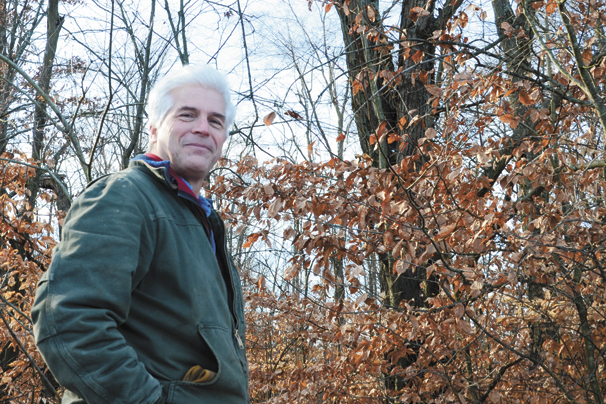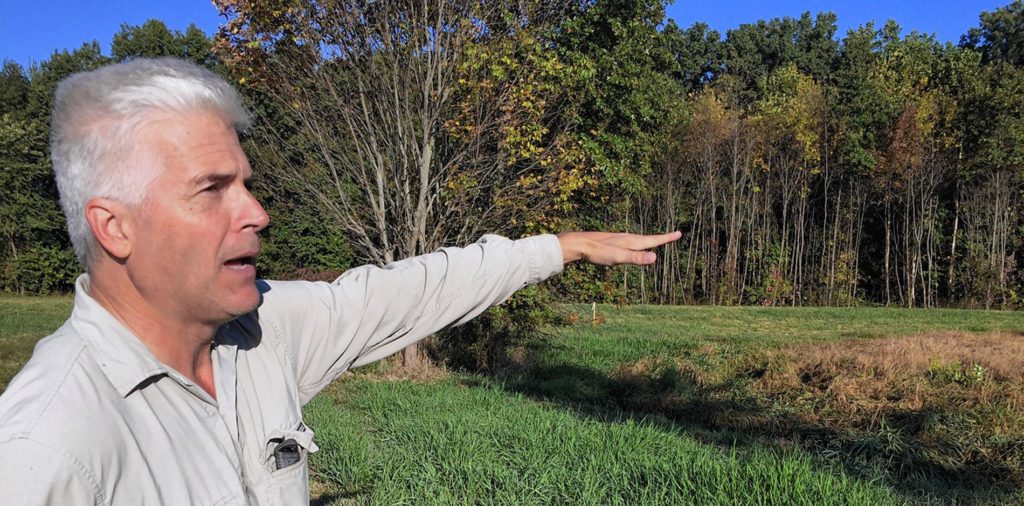
Before European settlement changed everything in its path, the 44,000 square miles that are now Ohio were notable for their 42,000 square miles of virgin forest.
Today, there are a few square miles of old-growth forest in Ohio.
And that’s where David Hague’s story begins.
Retired after a successful business career, Hague is intent on returning some small vestige of Ohio forest land to its native state.
He started by buying 850 acres of woodlots and farmland on the edge of Pickerington, a rapidly sprawling community in Fairfield County.
His plan: Plant 4,000 native trees, mostly 4-foot and 6-foot maples, sycamore, oak and hackberry. Move 5,000 cubic yards of soil to create 20 wetlands and vernal pools. Remove invasive species, including honeysuckle.
When he’s finished, Hague hopes to have reproduced a 300-acre native Ohio forest that long outlives him. The rest of the property will remain in agricultural production.
“I’ve got the land intact now to make it look and feel like it did 250 years ago — to get it back to what we lost,” Hague recently told Ohio’s Country Journal. “I bought the land and it is here and that allows other people to contribute to this effort too. I could sell this and develop it and move to Wyoming, but there is too much work to do here. Ohio is so rich in diversity.”
In fact, a “bioblitz” earlier this year found 350 species on the property, a number that confounded the volunteer-biologists and botanists who participated in the two-day event.
All were attributable to the forested acreage, Hague told This Week Community News in Columbus.
And the surprises likely are just beginning. Read more about Hague’s work and his many corporate and nonprofit collaborators in this pair of stories from This Week and Country Journal.


Leave a Reply